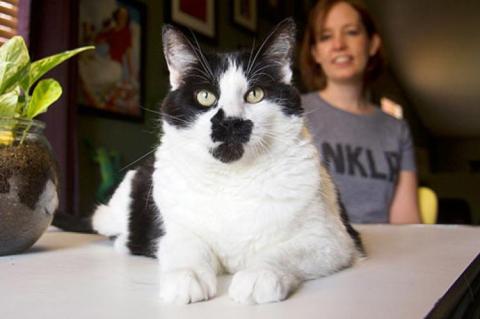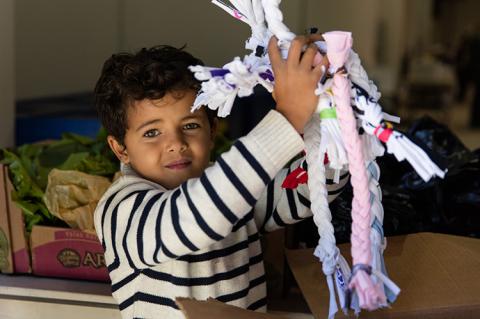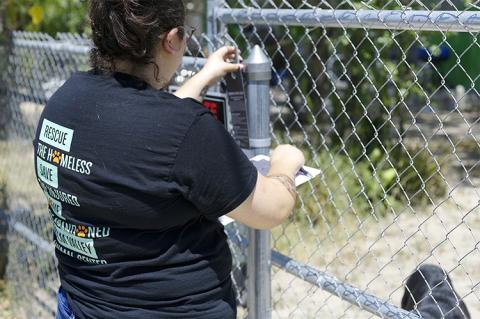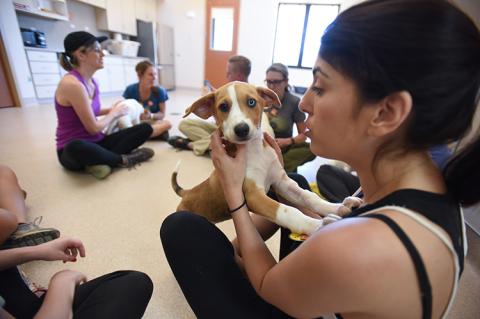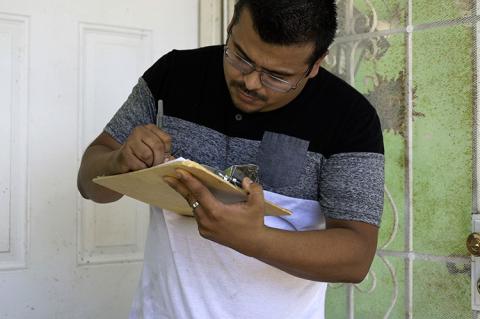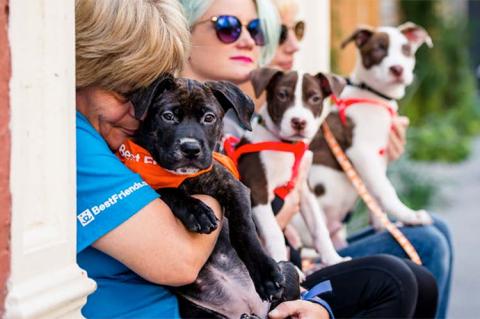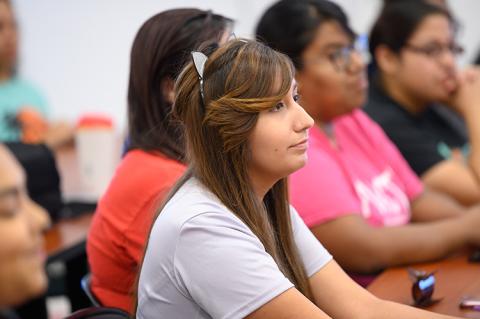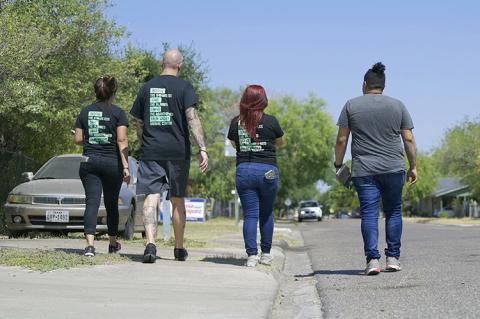Public relations and working with the media
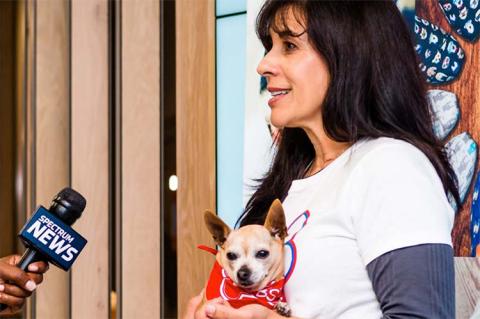
Note: This is a chapter in the Grassroots Advocacy Toolkit.
While advocacy efforts don’t rely quite as heavily on traditional media (i.e., radio, television and newspapers) as they did a decade or two ago, they’re still important to your campaign.
Here are some media relations fundamentals to keep in mind:
